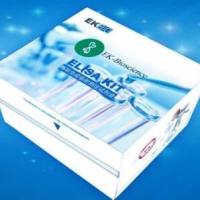Homology Modeling of Cannabinoid Receptors: Discovery of Cannabinoid Analogues for Therapeutic Use
互联网
292
Cannabinoids represent a promising class of compounds for developing novel therapeutic agents. Since the isolation and identification of the major psychoactive component Δ9 -THC in Cannabis sativa in the 1960s, numerous analogues of the classical plant cannabinoids have been synthesized and tested for their biological activity. These compounds primarily target the cannabinoid receptors 1 (CB1) and Cannabinoid receptors 2 (CB2). This chapter focuses on CB1. Despite the lack of crystal structures for CB1, protein-based homology modeling approaches and molecular docking methods can be used in the design and discovery of cannabinoid analogues. Efficient synthetic approaches for therapeutically interesting cannabinoid analogues have been developed to further facilitate the drug discovery process.









